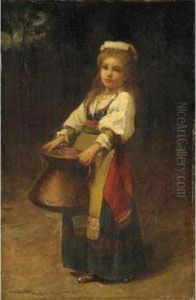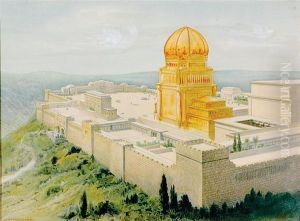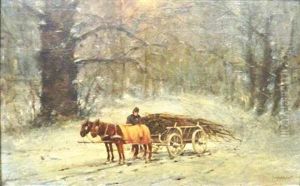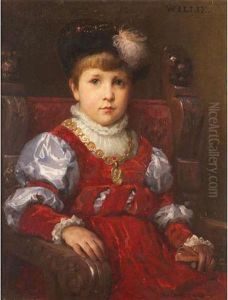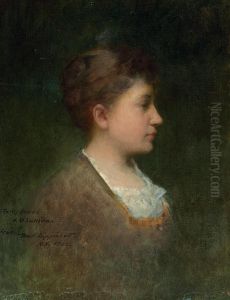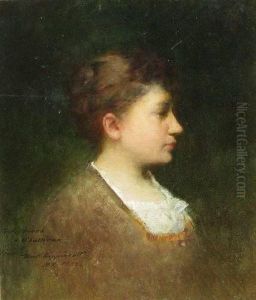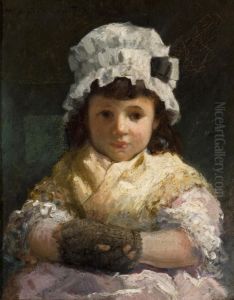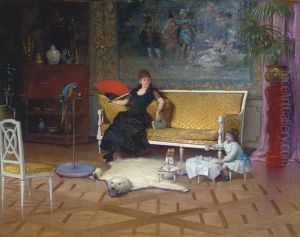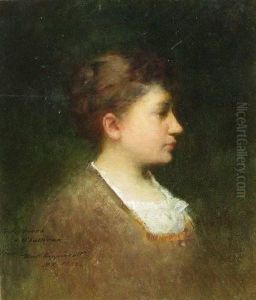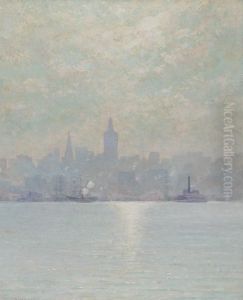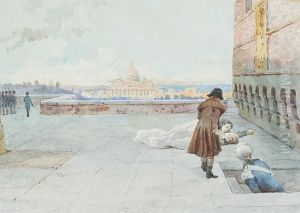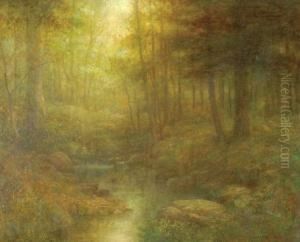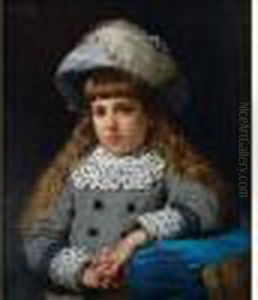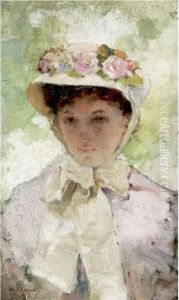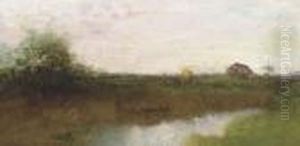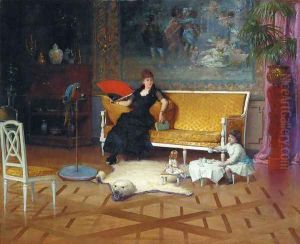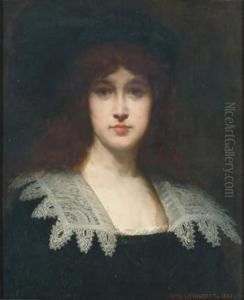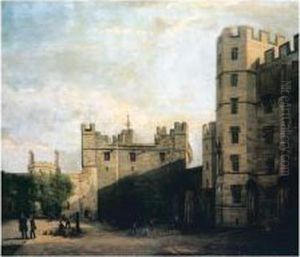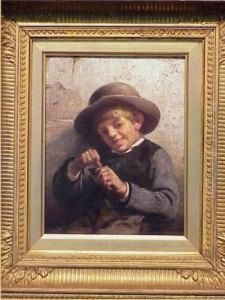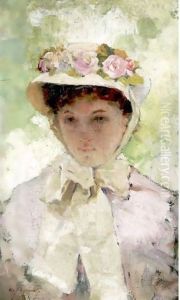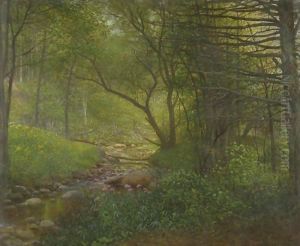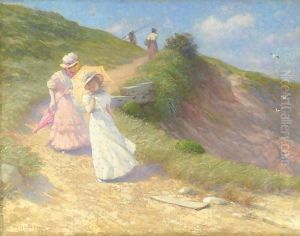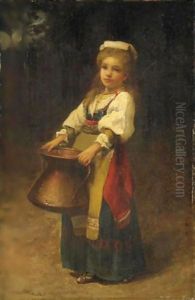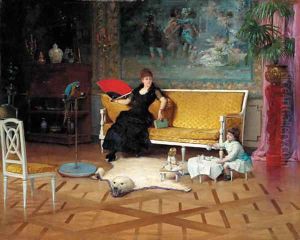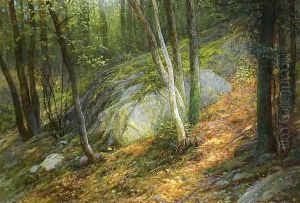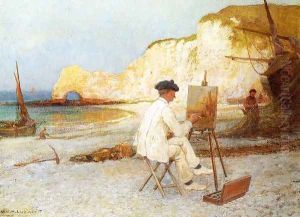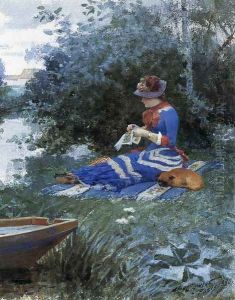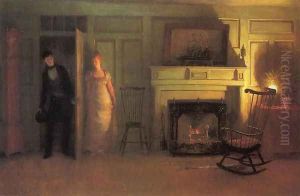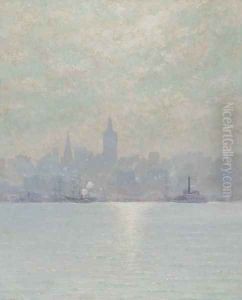William Lippincott Paintings
William Lippincott was an American painter known for his genre scenes and portraits. Born on January 27, 1849, in Philadelphia, Pennsylvania, Lippincott showed an early interest in the arts. He pursued his passion for painting by studying at the Pennsylvania Academy of the Fine Arts in Philadelphia. Afterward, seeking further education, he traveled to Paris to study at the prestigious École des Beaux-Arts under the tutelage of renowned teachers like Alexandre Cabanel.
During his time in Europe, Lippincott was exposed to various artistic styles and movements, which influenced his development as an artist. He absorbed aspects of French academic painting and was particularly impressed with the realism and detail of the works he encountered. In addition to his studies, Lippincott traveled across Europe, which further enriched his artistic perspective.
After returning to the United States, Lippincott settled in New York City, where he became an active member of the art community. He was a member of the National Academy of Design and the American Watercolor Society. His artwork often depicted everyday life, capturing moments of domestic tranquility and the simple pleasures of rural existence. He was adept at both oil painting and watercolor, and his works were characterized by their fine detail, warm tones, and the serene mood they often evoked.
Throughout his career, Lippincott received accolades for his work. He exhibited regularly at the National Academy of Design and also at the Paris Salon, where his pieces were well received. Lippincott's paintings are part of several important collections, including those of the Metropolitan Museum of Art in New York and the Smithsonian American Art Museum in Washington, D.C.
William Lippincott passed away on November 30, 1920, in New York City. His legacy endures through his contributions to American art, particularly in the genre of realism and his ability to capture the essence of his time with authenticity and a gentle, observant eye.
